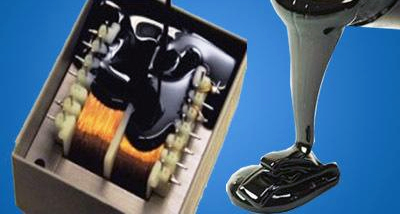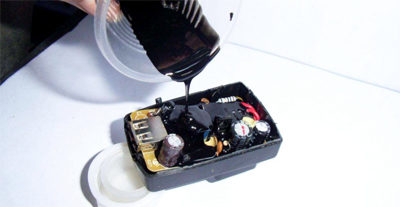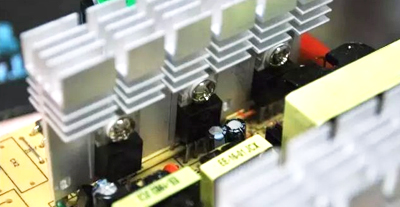How to Choose PCB Potting Adhesive?
At present, there are three main types of PCB potting adhesive, namely polyurethane potting adhesive, epoxy resin potting adhesive, and silicone potting adhesive. Each has its own advantages and disadvantages, so how do we choose the potting adhesive in the process of preparing the PCB?
(1)Polyurethane Potting Adhesive
The temperature requirement does not exceed 100 degrees Celsius. After the potting, there will be many bobbles. The potting conditions are under vacuum and the adhesion is between epoxy and silicone.

Advantages: Good low-temperature performance, shockproof performance is the best of the three.
Disadvantages: Poor high temperature resistance. After curing, the surface of the colloid is not smooth and the toughness is poor. The aging resistance and UV resistance are weak, and the colloid is easily discolored.
It is suitable for potting low electrical heating indoor electrical components.
(2)Epoxy Resin Potting Adhesive

Advantages: It has excellent high temperature resistance and electrical insulation ability, easy operate. It is stable before and after curing and has excellent adhesion to various metal substrates and porous substrates.
Disadvantages: Its resistance to cold and heat changes is weak, and it is prone to cracks after being subjected to thermal shock, resulting in water vapor infiltrating into the electronic components from the cracks, and the moisture resistance is poor.
It is suitable for potting electronic components with normal temperature and no special requirements for environmental mechanical properties.
(3)Silicone Potting Adhesive

Advantages:
1.It has strong ageing resistance, good weather resistance and excellent impact resistance. It has excellent resistance to cold and heat changes, can be used in a wide range of operating temperatures, can maintain elasticity in the temperature range of -60℃ ~ 200℃ without cracking.
2.It has excellent electrical performance and insulation power, effectively improves the insulation between internal components and circuits after potting, and the stability of the use of electronic components.
3.It does not corrode any electronic components and does not produce any by-products in the curing reaction;
4.With excellent rework ability, the sealed components can be taken out for repair and replacement quickly and easily.
5.It has excellent thermal conductivity and flame retardant ability, which can effectively improve the heat dissipation capacity and safety factor of electronic components. Moreover, it has low viscosity, good fluidity, and can penetrate into small voids and under the components.
6.It can be cured at room temperature or warmed, with good self-excluding bubble performance and is more convenient to use.
7.The curing shrinkage rate is small, and it has excellent waterproof performance and shock resistance.
Disadvantages: High price and poor adhesion.
It is suitable for potting various electronic components that work in harsh environments.
In many PCB electronic potting adhesive, excellent ones will also have advantages and disadvantages, so we must first clarify the characteristics of our products and purchase the right products according to our own process requirements.
评论
发表评论